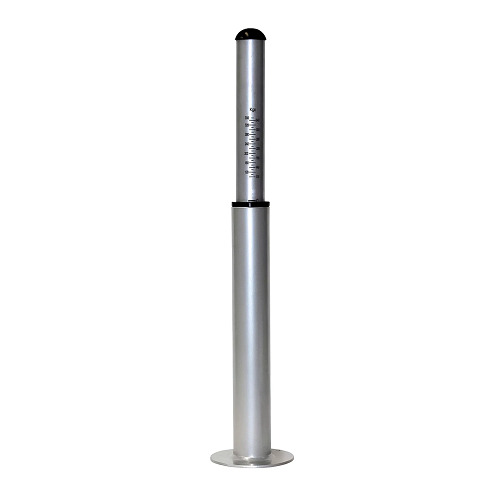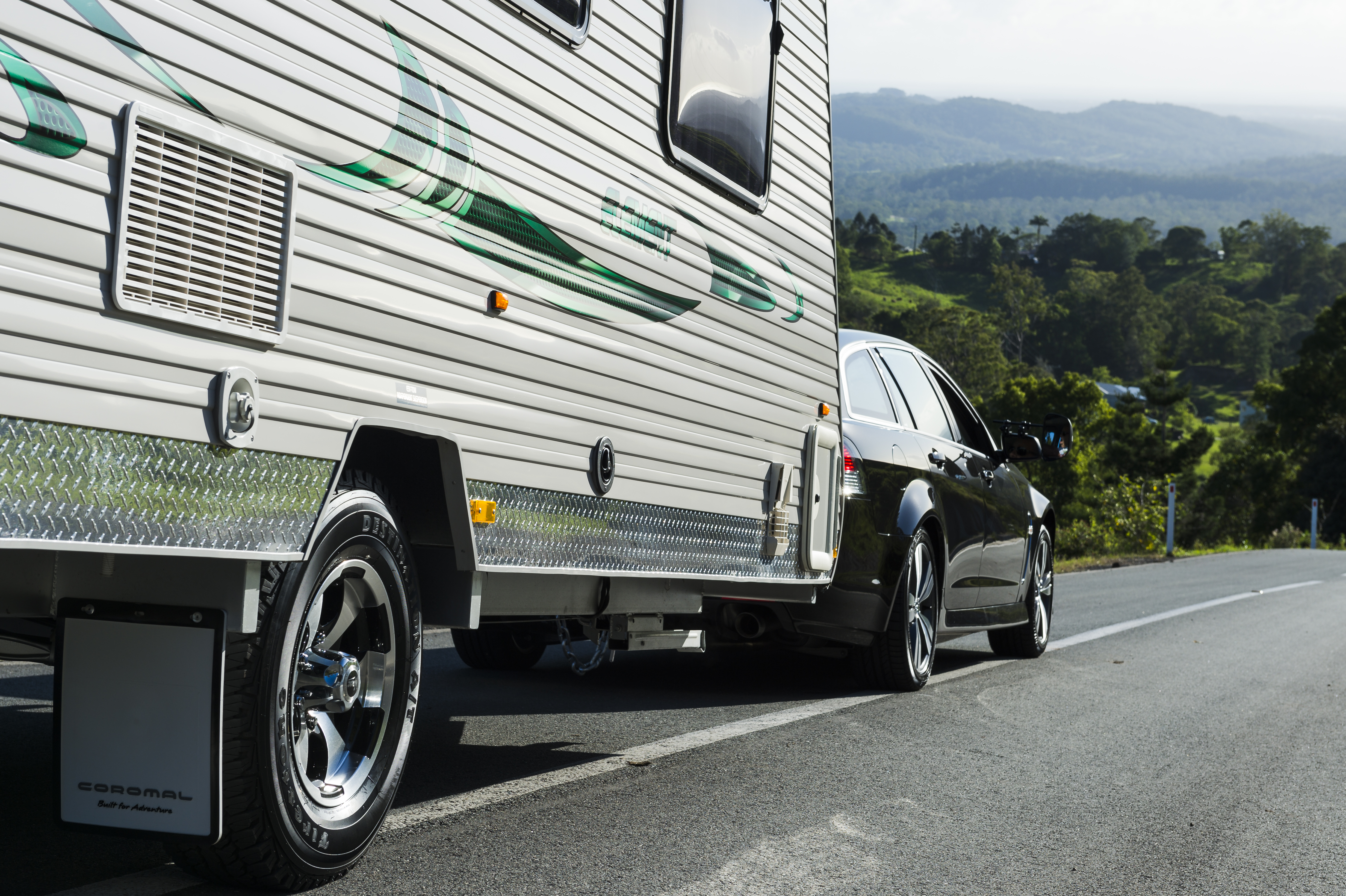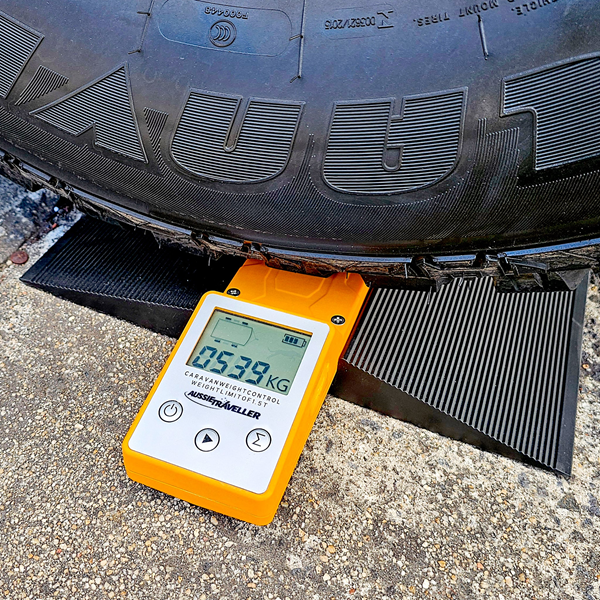Before you hitch up your caravan and head off on your next beachside escape or outback adventure, it’s essential to understand caravan weight—why it matters, how it affects safety and performance, and how to weigh your setup properly.
Getting your weights right is critical not only for your safety on the road but also for the legal compliance and efficiency of your towing vehicle. Overloaded caravans or incorrect tow ball weight can lead to swaying, poor braking, and even void your insurance if something goes wrong.
Let’s break it down.
Why Caravan Weight Matters
Just like any other vehicle, caravans are built to sustain a certain maximum weight. Your towing vehicle also has its own weight limits. When you load up your caravan and hitch it to your car, you significantly increase the total weight your vehicle is managing.
If the combined weight exceeds manufacturer specifications or legal limits, it can:
-
Reduce fuel efficiency
-
Compromise steering and braking control
-
Cause premature wear and tear
-
Create safety hazards in rough terrain or high winds
-
Potentially void your insurance in the event of an accident
To avoid these risks, it’s important to weigh your caravan—and the entire rig—accurately before you hit the road.
Weights You Need to Know
Here’s a quick glossary of important caravan weights and what they mean:
-
Gross Combination Mass (GCM) is the total weight of your rig (everything loaded and coupled).
-
Gross Vehicle Mass (GVM) is the maximum permissible weight of your towing vehicle when loaded. This is specified by the vehicle’s manufacturer.
-
Tow Ball Weight is the maximum weight that your caravan can apply to your vehicle’s tow ball. This is specified by the vehicle’s manufacturer. You can use a measuring gauge (manual or digital) to measure the actual tow weight of your caravan at any given point in time, to make sure it’s within your vehicle’s limits. Generally your tow ball weight will be 10% of your ATM.
-
Aggregate Trailer Mass (ATM) is the maximum permissible weight of your caravan when loaded, and without being hitched to your towing vehicle. This is specified by the caravan’s manufacturer. It will include axle and tow ball weight
-
Gross Trailer Mass is the actual weight of your loaded caravan at the axle when connected to the tow vehicle. This will always be lighter than the ATM as some weight will transfer to the tow vehicle when hitched.
How to Weigh Your Caravan or Rig
Option 1: Visit a Public Weighbridge
Weighbridges are the most accurate and reliable way to weigh your caravan setup.
Here’s how it works:
-
Drive your towing vehicle or caravan onto the weighbridge to get the tare weight (unloaded).
-
Load the caravan as you would for a trip (including passengers, fuel, water, food, and gear).
-
Return to the weighbridge for a fully loaded reading.
-
Subtract the tare from the loaded weight to determine the payload.
Many modern weighbridges also offer axle weights and tow ball weight readings.
Before you go, make sure the setup is exactly how it would be during travel—pack the kids, pets, full water tanks, and anything else you’d usually take. Every bit counts when it comes to weight distribution and road safety.
Option 2: Use a Caravan Weight Control Device at Home
For smaller caravans and campers, you can use portable weighing devices like:
These tools allow you to check individual wheel weights at home, although they may not be suitable for large caravans. Always check the product specifications before use.
How to Accurately Check Your Caravan’s Tow Ball Weight
Owning and using a caravan requires a bit of technical know-how, especially when it comes to staying within weight limits. One critical metric you must understand and monitor is tow ball weight—sometimes called tongue weight or caravan ball weight.
What Is Tow Ball Weight?
Tow ball weight is the downward force your caravan exerts on your tow vehicle’s tow ball. It includes:
-
The tare weight of your caravan (unloaded weight)
-
The payload (furniture, equipment, water, gas bottles, food, and gear)
As a general rule of thumb, the tow ball weight should be 8–10% of your caravan’s ATM.
If the ball weight is too light, the caravan may sway. If it’s too heavy, it can overload the rear axle of your towing vehicle, lifting the front wheels and reducing steering and braking performance.
How to Measure Tow Ball Weight
Option 1: Weighbridge
Public weighbridges often offer axle weight and tow ball weight readings in one visit. It’s a smart option for full rig checks, particularly before long trips.
Tip: Use this weighbridge locator tool to find a certified public weighbridge near you (link to relevant page).
Option 2: Tow Ball Weight Scale (At Home)
Portable tow ball weight scales are quick and easy to use. Most are spring-loaded or digital and can measure weights up to 350kg.
To use:
-
Unhitch the caravan from your vehicle.
-
Place the scale under the coupling.
-
Lower the caravan onto the scale as if you were hitching it up.
-
Read the result from the dial or digital screen.
Regular checks help maintain safe towing and legal compliance.

Important Considerations
-
Your caravan’s tow ball weight must never exceed the maximum tow ball download capacity specified in your vehicle’s manual.
-
An overloaded tow ball can compromise handling and potentially void your insurance.
-
If your caravan is too light on the tow ball, it can sway dangerously at high speeds or in windy conditions.
-
Weight distribution hitches can help balance loads and improve handling in both over- and under-weight situations.
Understanding and managing your caravan’s weight—especially your tow ball weight—is vital to safe, legal, and efficient travel. Whether you use a public weighbridge or invest in at-home tools, taking the time to get it right can prevent breakdowns, improve handling, and ensure peace of mind on the road.
-
DISCLAIMER* Please note, this advice is general in nature and we strongly recommend consulting the product manual and where relevant, a professional installer.







